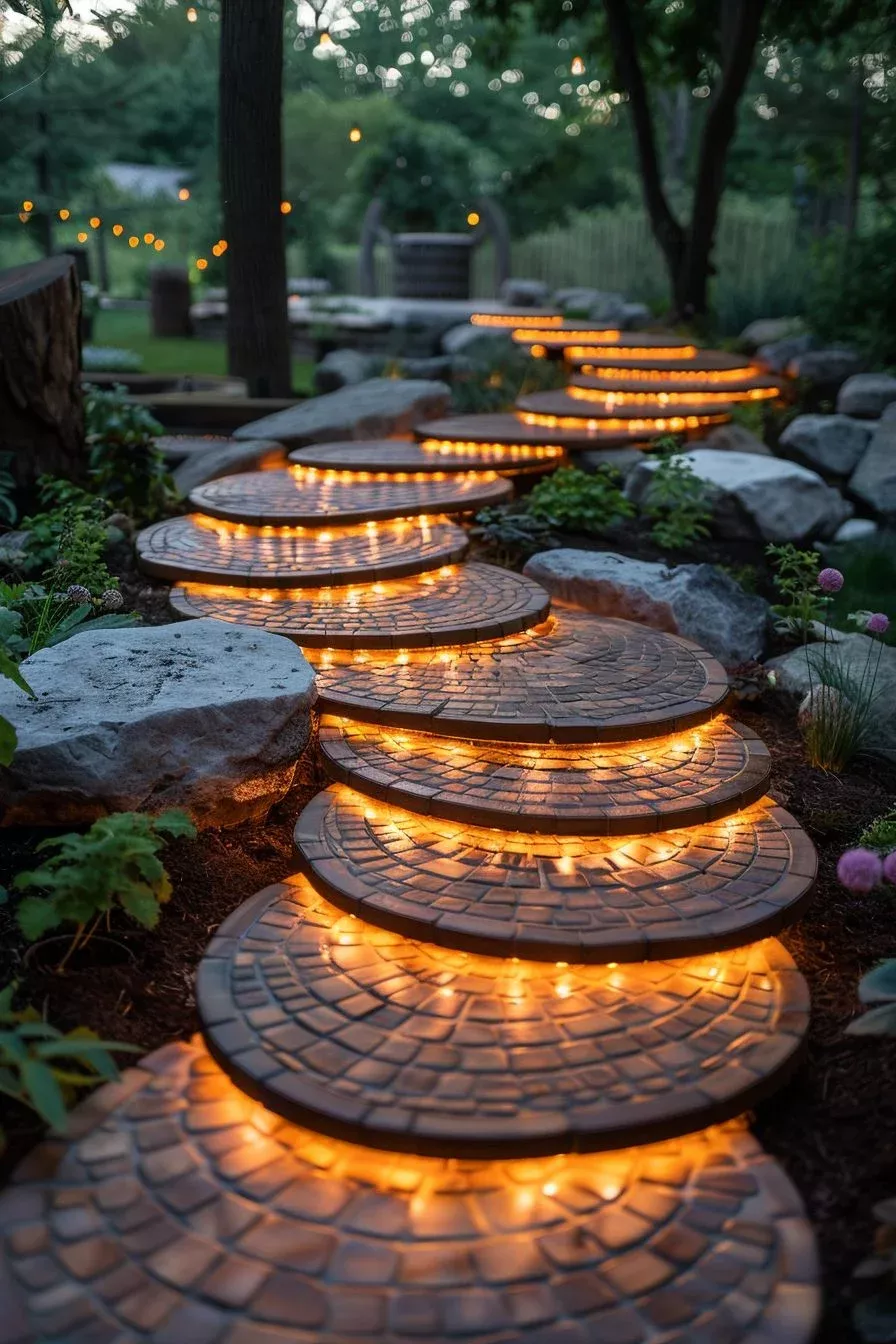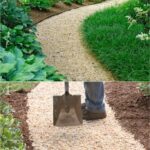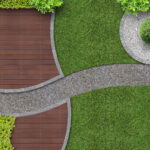Garden paths are an essential element in any outdoor space, serving both functional and aesthetic purposes. These pathways not only guide visitors through the garden but also add structure and character to the landscape. There are a variety of materials and designs to choose from when it comes to creating a garden path, allowing for endless possibilities to personalize and enhance your outdoor space.
One common material used for garden paths is natural stone, such as flagstone, slate, or limestone. These stones are durable and add a rustic, earthy look to the garden. They can be laid out in a random pattern or in a more formal design, depending on the style of the garden. Natural stone paths are also relatively low-maintenance and can last for years with proper care.
Another popular option for garden paths is gravel. Gravel paths give a casual, inviting feel to the garden and are easy to install and maintain. They provide good drainage and can help reduce erosion in the garden. Gravel paths can be edged with larger stones or bricks to keep the gravel in place and create a clean, finished look.
For a more formal and traditional garden path, consider using brick or pavers. These materials come in a variety of colors, shapes, and sizes, allowing for endless design possibilities. Brick and paver paths are durable, easy to maintain, and can add a touch of sophistication to any garden. They can be laid out in a herringbone, basketweave, or running bond pattern for added visual interest.
For a more whimsical and playful touch, consider using stepping stones for your garden path. Stepping stones can be made of natural stone, concrete, or even wood, and can be spaced out in a meandering pattern through the garden. This type of path creates a sense of adventure and exploration, inviting visitors to wander and discover new parts of the garden.
No matter what material or design you choose for your garden path, it’s important to consider the overall style and layout of your garden. The path should complement the existing plants, structures, and hardscape elements in the garden, creating a cohesive and harmonious outdoor space. By carefully selecting the right materials and designing a path that flows naturally through the garden, you can create a beautiful and inviting space that you and your visitors will enjoy for years to come.
















